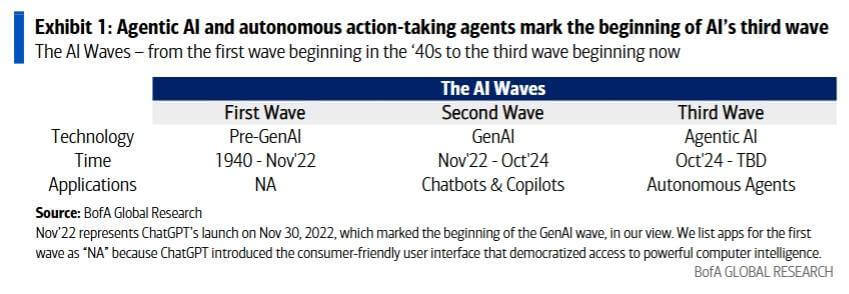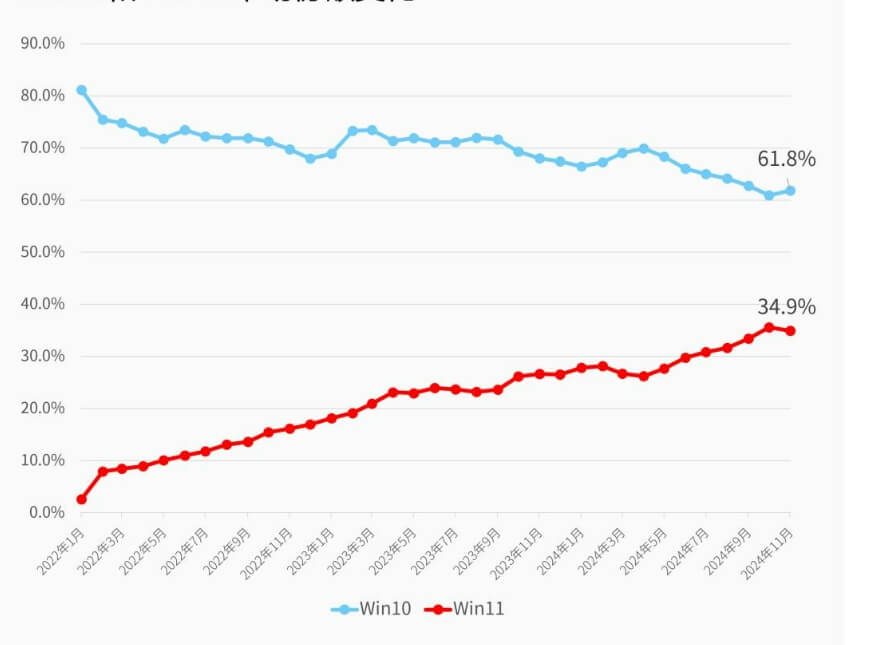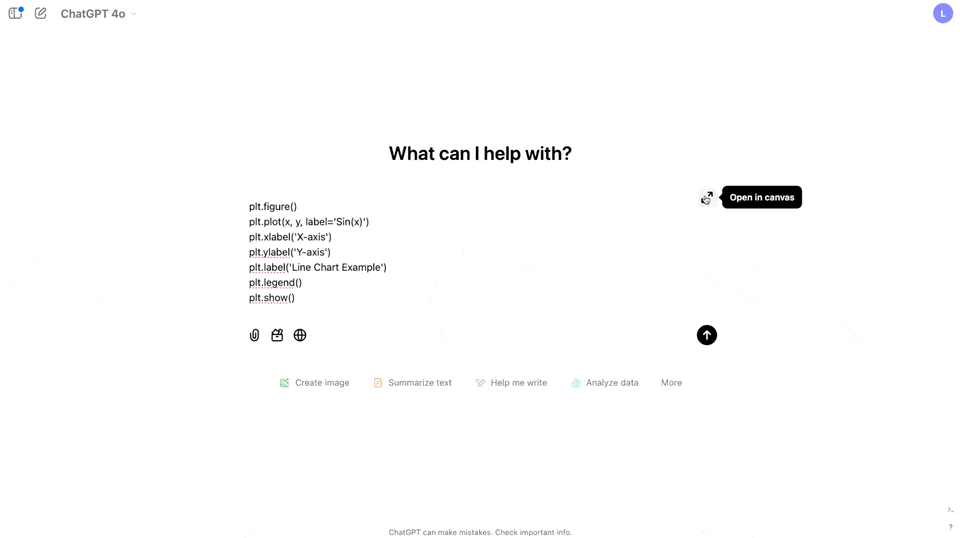The evolution of data infrastructure is expanding application scenarios and driving innovation in functional experiences, ultimately fostering new ecosystems and creating super applications that serve as user entry points. In the AI era, competing for user attention has become a top priority for applications, setting the stage for the emergence of new entry points in the future.
In 2010, Steve Jobs envisioned a blueprint for Siri that has become a benchmark for many AI assistants today.
According to Siri co-founder Norman Winarsky, Jobs foresaw in 2010 the immense value of a personal assistant capable of genuine human-like interaction. This assistant would not only engage in conversations but also possess the understanding and ability to help users execute tasks.

Fourteen years later, this vision remains largely unchanged. People are still eagerly awaiting a powerful assistant that truly understands them, can perform various tasks, and execute cross-domain commands. Reports suggest that OpenAI’s AI assistant, potentially launching in January next year, continues to focus on automating tasks like sending work emails and planning trips.
The Promise of Large Models in Accelerating the Vision
Breakthroughs in large language models (LLMs) are believed to be shortening the path toward realizing this vision. OpenAI executives frequently emphasize in various forums that AI agents represent the next major breakthrough. A Bank of America report in early November highlighted that compared to ChatGPT and Copilot, Agentic AI, with its superior planning and autonomous action capabilities, is ushering in a super innovation cycle.
The race to become the most user-accessible, widely connected, and effective AI assistant that facilitates agent collaboration is recognized as a platform-level opportunity in this innovation cycle.
Changing Interaction Paradigms: With the support of large models, natural language interactions may replace many graphical user interfaces. This has the potential to reshape interaction paradigms across scenarios.
Market Disruption: Such changes may disrupt the balance between software and hardware sectors, paving the way for the decline of incumbents and the rise of challengers.
Early-Stage Competition and Key Players
The current competition is still in its early stages. Players in this space include:
Ambitious LLM startups,
Major internet platform giants,
Mid-sized companies that have survived the dominance of tech giants,
Hardware companies eyeing software markets.
The competition spans multiple levels, including general-purpose AI assistants, domain-specific AI assistants, and utility-driven AI tools.
Ultimately, those who achieve the greatest advantages in areas like LLM technology, agent ecosystems, user acquisition efficiency, and business model innovation are likeliest to benefit from the new entry point dividends and dominate the emerging value chain.
From GenAI to Agentic AI
Bank of America’s report divides AI’s evolution into three waves: Pre-GenAI, GenAI, and Agentic AI.

Pre-GenAI (1940–2022)
During this period, while tools like Siri, Alexa, and Xiao Ai emerged, AI primarily served as a tool for data-driven trend analysis and decision-making in specific scenarios.GenAI (2022–2024)
This phase saw applications centered on two primary areas:Facilitating natural human-computer interactions, with products like ChatGPT and Character.ai earning user recognition through smooth conversations.
Enhancing efficiency in work and daily life, with applications for AI-powered search, video generation, code writing, presentation creation, and research summarization.
Agentic AI (2024 onwards)
Salesforce AI Research VP and Chief Scientist Silvio Savarese describes Agentic AI as a significant leap forward, automating tasks and taking actions on behalf of users. Gartner predicts that by 2028, at least 15% of daily work decisions will be made autonomously by Agentic AI.While this percentage is still zero in 2024, early signs of progress include:
A former Apple employee notes that Siri's stagnation partly stems from failing to expand its third-party ecosystem. In the context of AI assistants, these ecosystems act as a "talent pool" that assistants can leverage to fulfill user needs by accessing specialized AI tools and features.
Microsoft launched Azure AI Foundry to support AI app and assistant customization.
Baidu introduced Miaoda, a no-code AI app builder aimed at creating millions of "super-useful" applications.
Context Memory: Google’s Gemini assistant can remember life, work, and personal preference details for Google One AI Premium subscribers.
Multimodal Capabilities: Advanced LLMs are extending AI assistant capabilities, allowing them to perceive through voice, reading, and visual cues. Multimodal interaction could enable seamless "what you see is what you get" information retrieval via voice and video.
Third-Party Ecosystems: Companies are building third-party ecosystems around AI assistants. For example:
Who Is Vying for the Leadership Position?
The competition among AI assistants today resembles the elections for triad leaders depicted in Johnnie To's films. Leadership signifies control over discourse, and discourse is often tied to the distribution of resources. As a result:
The incumbents—today’s internet platforms like Alibaba, Baidu, Tencent, and ByteDance—are reluctant to relinquish their "baton of leadership."
The challengers—emerging large-model startups—are striving to enter the power center.
The veterans—hardware manufacturers—are seeking to balance the interests of all parties.
The specialists—niche utility products—must decide which side to align with.
Currently, the battle has just entered its introductory phase, with all players taking the stage.
Challengers: Large-Model Startups as the New Nominees
Large-model startups, as the next generation of nominees, are among the most aggressive competitors. Both domestic startups (the “Six Dragons of AI” in China) and international firms like OpenAI and Anthropic have launched AI assistants leveraging conversational capabilities and are continually enhancing these products with content generation and agent integration capabilities.
Star companies and flagship products with first-mover advantages and high visibility have seen rapid growth under the dual support of market hype and capital. For example, in October, ChatGPT and Kimi, two AI assistant products from large-model startups, ranked first and third, respectively, in the global Apple Store AI app download rankings. However, as resources shift from foundational models to application development, some startups may find their assistants losing momentum.
Incumbents: Internet Giants Enter the Race
Internet giants such as Alibaba, Baidu, Tencent, and ByteDance, which dominated the previous era, are also vying for the leadership role in this new round. These companies have introduced their own AI assistant frameworks, including:
Tongyi from Alibaba,
Zhi Xiaobao from Alipay,
Wen Xiaoyan from Baidu,
Yuanbao from Tencent, and
Doubao from ByteDance.
Compared to startups with limited resources, these platforms have deeper reserves in users, data, scenarios, and resources, allowing for more deliberate and confident advancements.
For example, ByteDance's Doubao has surpassed 100 million cumulative downloads, significantly outpacing Kimi (57 million). Similarly, Alibaba and Tencent’s ownership of platform ecosystems and cloud services gives them systematic advantages in the AI assistant race.
Veterans: Hardware Manufacturers Eye New Opportunities
In the era of mobile internet, hardware manufacturers largely missed out on the explosive growth of mobile applications. Despite attempts to develop their own services—from Xiaomi’s e-commerce platform Youpin to hardware-centric solutions—hardware makers remained limited to roles as infrastructure providers, relying heavily on ad revenue from their services.
AI assistants now offer a chance to integrate user habits, data accumulation, screen recognition, and application operations. Hardware provides a shorter path to summoning AI assistants—examples include Microsoft’s Copilot key on keyboards and Apple’s camera control button on the iPhone 16. Moreover, hardware manufacturers are better positioned to deliver hybrid AI solutions, combining on-device and cloud-based processing to enhance privacy and security.
Specialists: Niche Products Around AI Assistants
Utility-driven products have two strategic options in the AI assistant era:
Develop their own AI assistants for specific vertical scenarios, leveraging natural language interaction and automation to enhance user experiences (e.g., DingTalk, Zhihu, Quark, and Meitu).
Integrate their content into other AI assistants, as What’s Worth Buying has done, embedding itself into various AI ecosystems.
The Pillars Behind the Baton of Leadership
Who ultimately becomes the leader will depend on their ability to seize the symbolic "baton of leadership." This requires comprehensive strength in several dimensions:
Advances in Foundational Model Capabilities
Precision in understanding user intent, as well as flexibility in interfacing with applications and other agents, relies heavily on the foundational capabilities of AI models. For example, Google’s Project Jarvis, an extension of its Gemini model, is working on a new system capable of understanding and manipulating browser content—such as interpreting screenshots, clicking buttons, and entering text.Richness of Ecosystem Connections
The breadth of capabilities linked to an AI assistant determines its platform’s status. A robust ecosystem of agents enables seamless integration of diverse functionalities, enhancing the assistant’s value. Companies like Microsoft, Baidu, and ByteDance are building platforms that encourage third-party developers to integrate their capabilities into the ecosystem, fueling growth and diversification.Integration of Software and Hardware
The synergy between software and hardware is critical in the AI assistant era. Honor CEO Zhao Ming highlights the importance of next-gen AI OS in enabling cross-system operations and cloud-device collaboration. Companies like Xiaomi, Vivo, and OPPO are eager to challenge Apple and Google’s dominance in this space, while ByteDance and Baidu are leveraging AI wearables (e.g., AI-enabled earbuds and glasses) to achieve tighter integration.Control Over Traffic and User Acquisition
The battle for AI assistants is fundamentally a battle for traffic. Leaders must acquire users at lower costs while scaling effectively. Hardware manufacturers and internet platforms have natural advantages in this area. For example:ByteDance’s Doubao far outpaces Kimi due to access to a vast platform user base.
META AI surpassed 500 million users by leveraging Facebook’s ecosystem.
In contrast, new entrants face mounting costs for traffic acquisition. For instance, Kimi spent ¥110 million on advertising in October alone, close to its total expenditure for Q3. Meanwhile, Doubao invested ¥20 million, and Tencent’s Yuanbao allocated ¥30 million in the same period.
AI Assistants: The Ultimate Entry Point Battle
Deloitte reports that, like past technological revolutions, the realization of AI’s value is inseparable from foundational infrastructure upgrades. These upgrades expand application scenarios and drive innovations in user experiences, ultimately creating super applications that serve as pivotal user entry points.
The battle for AI assistants is, at its core, a struggle for control over entry points and distribution rights. The winner this time, armed with upgraded interaction, decision-making, and execution capabilities, has the potential to dominate both consumer (C) and business (B) markets, reshaping the landscape of digital ecosystems.







